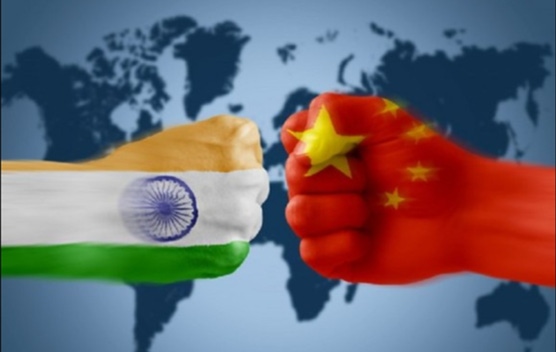The Indian government has published new procurement rules for the telecoms space, a move that looks a lot like step in the direction of blocking Chinese vendors from the market.
March 12, 2021

The Indian government has published new procurement rules for the telecoms space, a move that looks a lot like step in the direction of blocking Chinese vendors from the market.
The Department of Telecommunications (DoT) on Wednesday issued amendments to its licensing agreements for telcos and virtual operators, imposing additional conditions on the procurement of telecoms equipment on the grounds of national security.
The wording of the documents is a little complex, but essentially the government is setting up a scheme whereby operators are only permitted to deploy trusted products from trusted sources. A National Cyber Security Coordinator (NCSC) will determine which categories of equipment are subject to the new rules and will set out the procedure for the inclusion of telecoms equipment in the list of trusted sources.
From 15th June operators will only be able to install trusted products in their networks and must apply to the NCSC for permission to upgrade networks utilising kit not designated as a trusted product. However, ongoing annual maintenance contracts and updates to existing equipment deployed in the network before the new rules take place are unaffected.
Furthermore, and this is the most interesting bit, the NCSC may also create a list of sources from whom procurement of equipment is prohibited, the DoT said.
Sounds a lot like the Entity List in the US, doesn’t it?
There is no mention of any equipment provider by name, or indeed of any type or nationality of provider, in the DoT’s documents. But this is the clearest indication yet that India is following in the footsteps of many other countries and moving to keep China’s big players out of its 5G market.
This is not a question of bowing to US pressure though. India and China have their own issues, including bubbling tensions along the border. In addition, India is keen to foster the growth of homegrown talent in the telecoms and technology markets; communications minister Ravi Shankar Prasad is championing the cause of Indian players in the 5G market and earlier this year was quoted as saying that the core of the country’s 5G networks should be Indian.
The Economic Times notes that the government’s ruling on trusted sources leaves telcos in limbo pending publication of the list of those approved to supply equipment. The paper quotes an unnamed official at one top telco as saying that even if the Chinese firms are allowed into certain parts of the network, operators may choose to bypass them in favour of players for whom there are no question marks over their participation in the market.
According to the paper, Bharti Airtel and Vodafone Idea – recently rechristened Vi to reflect the completion of the merger process – both have contracts with the big Chinese vendors, in addition to using kit from Nokia and Ericsson. Reliance Jio uses Samsung equipment.
Those supplier relationships could have a bearing on the future of the Indian mobile market, should the telcos with Chinese partners end up buying kit from more expensive sources.
For now though, it’s a waiting game, both for the operators themselves and for the global telecoms equipment community. It’s safe to say that some will be more concerned than others.
About the Author(s)
You May Also Like







.png?width=300&auto=webp&quality=80&disable=upscale)

.png?width=300&auto=webp&quality=80&disable=upscale)
_1.jpg?width=300&auto=webp&quality=80&disable=upscale)



.png?width=800&auto=webp&quality=80&disable=upscale)